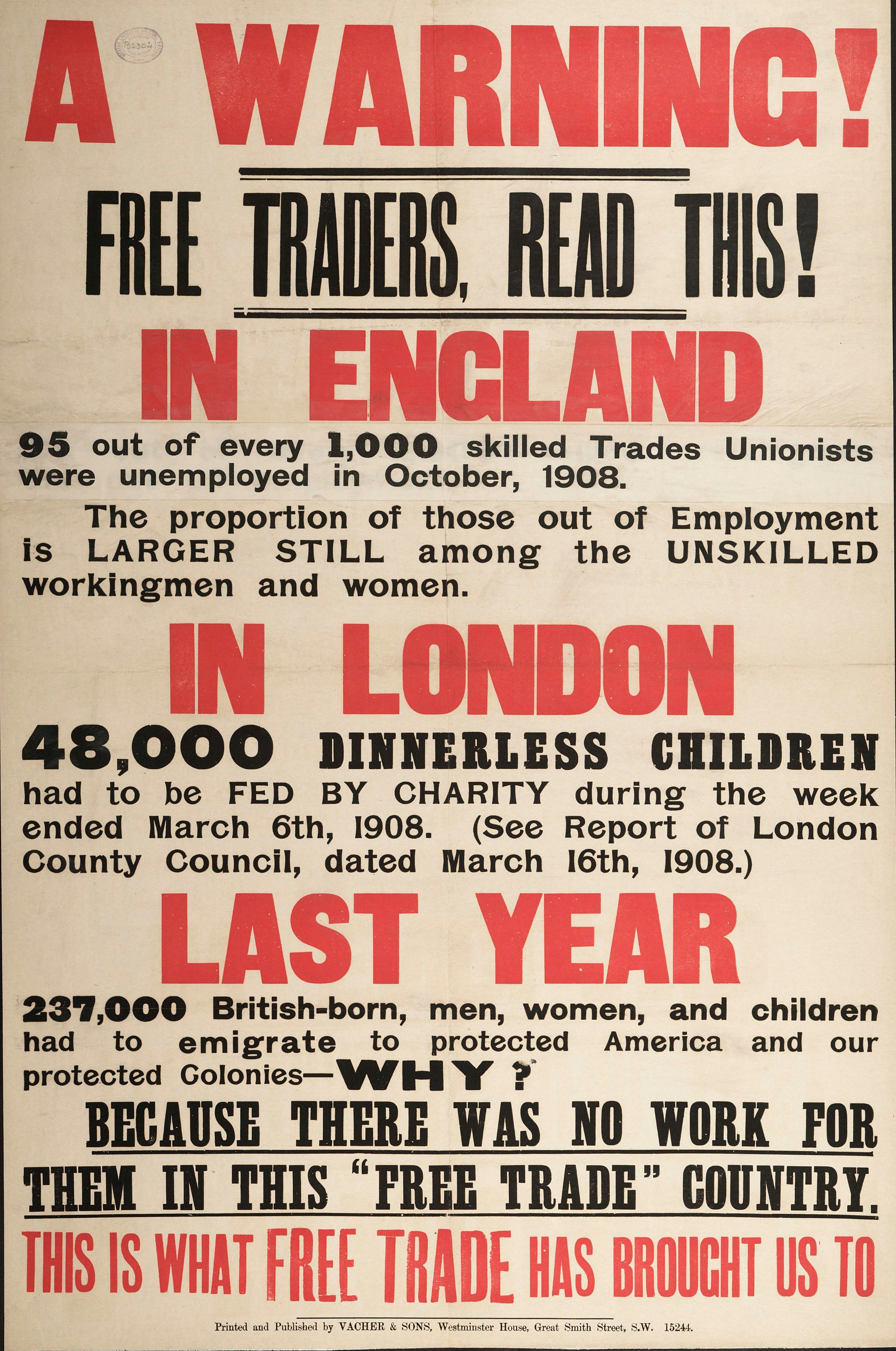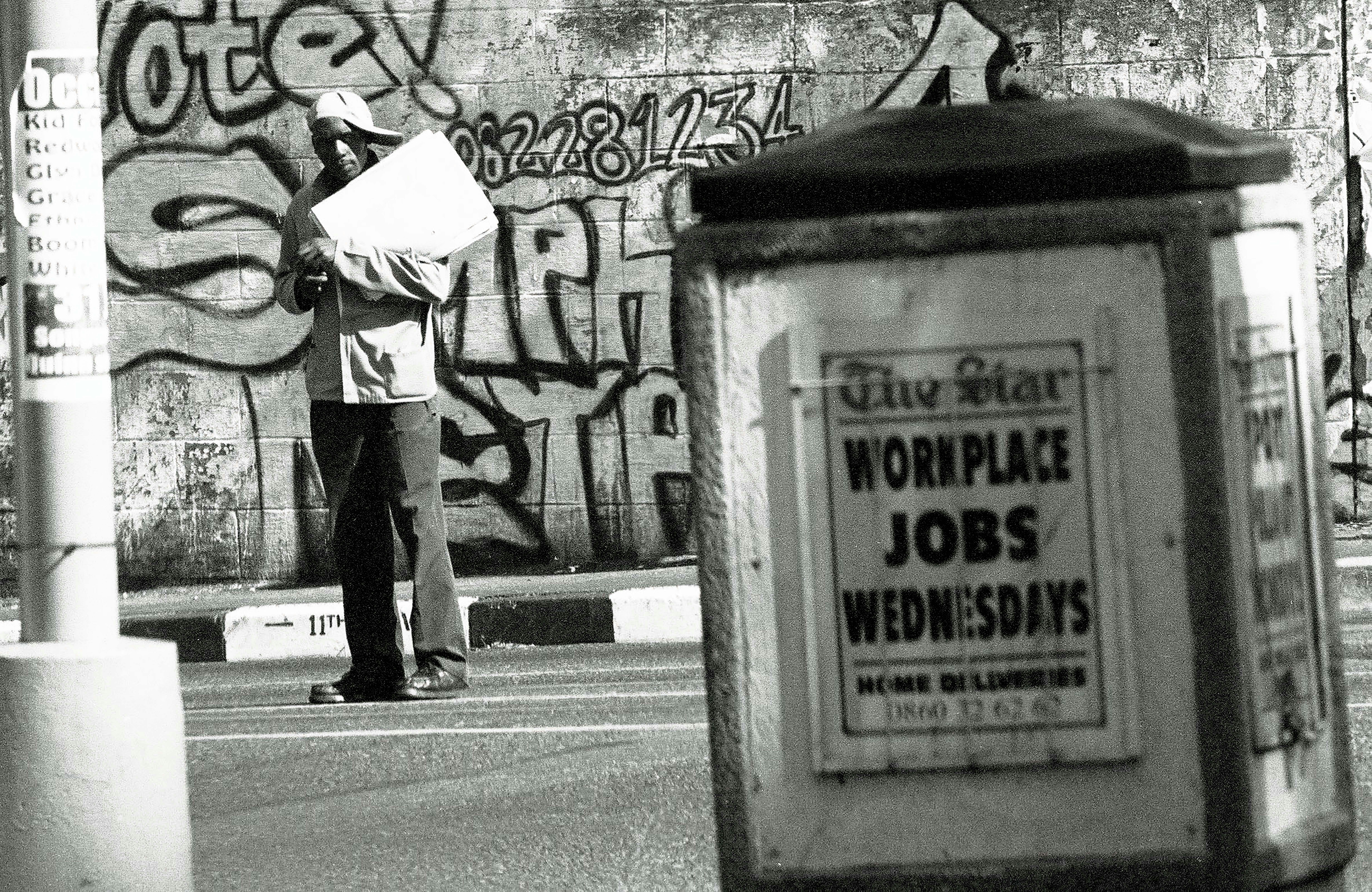
With an ever altering labor market, it stays very important for employers to hold onto their high staff. Turnover is unavoidable, although there are steps you’ll be able to take to forestall voluntary turnover and hold your staff engaged. Understanding the foundation of turnover is step one to efficient recruiting and worker retention.
Learn on to study 38 impactful worker turnover statistics, and the way every can be utilized to cut back your worker turnover price.
Basic Worker Turnover Statistics
1. The U.S. Common Annual Turnover Fee Is 47 %
The full separations price of U.S. jobs is 47.2 p.c as of 2021, in response to the U.S. Bureau of Labor Statistics. This estimate represents all turnover — voluntary and involuntary.
Turnover charges fluctuate drastically by trade and much more from firm to firm, making it necessary to usually calculate your turnover price to maintain tabs on the way you’re doing.
2. 70 % of All U.S. Worker Turnover Is Voluntary
Quits accounted for 70 p.c of all U.S. job separations in 2022, the best annual stage recorded by the BLS JOLTS program. Moreover, quits composed 2.Eight p.c of the annual common separations price of three.9 p.c in 2022.
3. Over Four Million U.S. Staff Depart Their Job Every Month
In 2022, 50.6 million U.S. staff stop their jobs, a median of 4.2 million every month. This equates to round 2.5 p.c of the complete U.S. workforce (totaling 166.1 million in 2021) turning over month-to-month.
Whereas turnover is unavoidable on an organization foundation, being turned over every month means employers have to get severe about their retention technique.
4. 1 in Three Staff Who Stop Didn’t Have a Job Lined Up in 2021
Job seekers are more and more taking dangers, as 36 p.c of staff who had stop inside a six-month interval in 2021 did so with out having a brand new job lined up. In the identical survey, amongst staff who mentioned they have been no less than considerably prone to stop throughout the subsequent six months, 64 p.c mentioned they’d accomplish that with out lining up a brand new job.
5. Voluntary U.S. Turnover Doubled Between 2011 and 2021
The voluntary turnover price for U.S. staff doubled inside a ten-year timespan, averaging from round 25 million quits in 2011 to nearly 50 million quits in 2021, in response to Work Institute.
Gathering and incorporating worker suggestions is significant to creating an efficient motion plan that reduces turnover and will increase worker retention price.
Worker Turnover Price Statistics
6. Changing an Worker Prices As much as 2 Instances of Their Annual Wage
The price of changing a singular worker ranges from one half to 2 instances that worker’s annual wage, in response to Gallup. In a 100-person group that provides a median wage of $50,000, it will probably count on turnover prices of as much as $2.6 million per yr.
7. Decrease Worker Turnover Correlates With Increased Enterprise Profitability
Decrease workers turnover was discovered to be mirrored in larger profitability of enterprise models, in response to a examine by The London Faculty of Economics and Political Science (LSE).
8. Decrease Worker Turnover Correlates With Increased Worker Satisfaction and Productiveness
In the identical examine by LSE, worker satisfaction was discovered to have a robust unfavourable correlation with workers turnover, thus additionally affecting worker productiveness and buyer loyalty.
9. Increased Worker Turnover Correlates With Elevated Product Failure
A rise in weekly turnover charges for manufacturing staff elevated product failure by a price between 0.74 and 0.79 p.c, in response to analysis from the College of Pennsylvania. Moreover, failure was 10.2 p.c extra widespread for units produced in high-turnover weeks following payday, compared to the lowest-turnover weeks instantly earlier than payday.
10. On Common, It Takes 1 to 2 Years for an Worker to Be Totally Productive in a Function
It typically takes one to 2 years for a brand new worker to develop into “totally productive” of their position, resulting in potential delayed productiveness compared to a earlier worker.
Take into consideration what number of initiatives may very well be finalized, merchandise that may very well be launched and income that may very well be introduced in throughout that point. Dropping high performers because of voluntary turnover instantly impacts the underside line lengthy after you rent a substitute.
Worker Engagement and Turnover Statistics
11. Much less Than 1 in Three U.S. Staff Are Engaged at Work
Thirty-two p.c of full-time and part-time staff working for organizations felt engaged at work in 2022, with 18 p.c feeling actively disengaged. This marks the bottom ratio of engaged to actively disengaged staff within the U.S. since 2013, at a 1.Eight to 1 ratio.
12. Virtually Three in Four Disengaged Staff Regarded for a New Job in 2021
The very best stop charges are amongst staff who’re actively disengaged or not engaged at work. A 2021 Gallup survey discovered that 74 p.c of actively disengaged staff and 55 p.c of not engaged staff have been on the lookout for a brand new job, whereas solely 30 p.c of engaged staff have been.
13. Turnover Will increase 18 to 43 % in Low-Engagement Groups
The much less engaged groups are, the extra possible its staff are to actively search out different job alternatives — and vice versa. From analysis by Gallup, groups with low worker engagement are likely to see turnover charges 18 to 43 p.c larger than groups with excessive worker engagement.
Administration, Management and Turnover Statistics
14. 79 % of Staff Consider Empathetic Management Decreases Turnover
Empathetic leaders — those that are understanding, care about their staff and promote flexibility — are the type of managers individuals wish to work for. It ought to come as no shock that 79 p.c of respondents in an EY Consulting survey issue empathetic management into selections to remain at an organization, and 88 p.c felt that empathetic management creates loyalty amongst staff towards leaders.
15. Managers Account for 70 % of Variance in Crew Engagement
Managers are some of the influential components towards group engagement and efficiency, with 70 p.c of variance in group engagement being decided solely by administration.
If the connection between staff and managers is optimistic, staff usually tend to be engaged of their position and constant to the corporate for longer.
16. Implementing Common Worker Suggestions Ends in 14.9 % Decrease Turnover
For firms that applied common worker suggestions, they noticed 14.9 p.c decrease turnover charges.
Establishing a constant cadence of worker suggestions periods can enhance the standard of communication between managers and their direct stories. Finally, this helps to strengthen the employee-manager relationship, which may successfully cut back turnover and its related prices. Moreover, conduct common keep interviews and implement an exit interview program to grasp what your staff worth and what’s driving them away.
17. Staff Are Twice as More likely to be Disengaged When Ignored by Managers
Alternatively, a poor relationship with the direct supervisor will drive an worker towards disengagement. Staff are twice as prone to be actively disengaged in the event that they’re ignored by their supervisor.
18. 82 % of Staff Would Stop Resulting from a Dangerous Supervisor
In a survey by GoodHire, 82 p.c of full-time U.S. staff mentioned they’d probably stop their job because of a nasty supervisor. Plus, solely 32 p.c of respondents felt their managers actually care about their profession development.
19. 52 % of Quitting Staff Say Supervisor or Group May Have Achieved One thing to Stop Them Leaving
In keeping with Gallup analysis, 52 p.c of voluntarily exiting staff mentioned their supervisor or group may have performed one thing to forestall them from leaving their job. Moreover, 51 p.c of the leaving staff mentioned neither their supervisor nor different leaders spoke to them about job satisfaction throughout the three months earlier than they left.
Firm Tradition’s Affect on Turnover Statistics
20. 34 % of New Hires Stop Inside First 90 Days Resulting from Firm Tradition
Thirty-four p.c of respondents who stop throughout the first 90 days of their new job cited firm tradition as a motive for leaving, in a survey by Jobvite.
A poisonous firm tradition is simple to suss out. The way in which you do enterprise, deal with your staff and the way they deal with each other are all apparent parts of your workplace tradition. Remember the fact that some onboarding packages can take upward of 90 days, which suggests new hires gained’t even be totally acclimated earlier than they determine to hit the street.
21. Poisonous Firm Tradition 10.Four Instances Extra More likely to Contribute to Turnover Than Wage
Compared to compensation, poisonous firm tradition is the almost definitely motive to contribute to turnover. In actual fact, it’s 10.Four instances extra highly effective than compensation in predicting an organization’s attrition price inside its trade.
Whereas hiring solely for tradition match will result in a tradition of carbon-copy staff, you should look out for the warning indicators that point out a potential worker wouldn’t agree along with your kind of organizational tradition. Through the interview course of, verify that they share your core values, imagine in your organization mission and are passionate concerning the position.
22. Three in Four Job Seekers Take into account Firm Tradition Earlier than Making use of to Jobs
Seventy-seven p.c of adults mentioned they’d take into account an organization’s tradition earlier than making use of to a job, in response to a Glassdoor survey.
Your organization tradition is a key a part of your employer model, and it’s one of many first issues job seekers take into account when scoping out your open roles.
23. Over Half of Job Seekers Worth Firm Tradition Over Wage
Employers should be ready to barter wage with high candidates. Fifty-six p.c of Glassdoor survey respondents mentioned firm tradition is extra necessary than wage in the case of job satisfaction.
Nonetheless, be aware of the truth that for over half of staff, tradition trumps compensation. Dedicating assets to construct a robust firm tradition may also help you appeal to high expertise and decrease added payroll bills.
Worker Recognition, Wellbeing and Turnover Statistics
24. 54 % of Quits Are From Lack of Feeling Valued
The highest motive staff cite quitting in a McKinsey survey, at 54 p.c of respondents, is because of not feeling valued at their group. That is adopted by not feeling valued by their managers (52 p.c) and never feeling a way of belonging at work (51 p.c).
25. 79 % of Quits Are From Lack of Appreciation From Employer
Seventy-nine p.c of staff who stop their jobs claimed an absence of appreciation from their employer was a significant motive for leaving.
Along with a aggressive wage and thrilling advantages package deal, highlighting worker achievements is a good way to point out your appreciation. Staff wish to know their efforts aren’t going unnoticed and that their contribution is valued; it’s additionally a vital facet of worker engagement. Failing to acknowledge staff may drive them out the door and towards a extra supportive employer.
26. Formal Recognition Applications Cut back Voluntary Turnover by 31 %
Organizations that implement formal recognition packages have 31 p.c much less voluntary turnover than organizations with no packages.
Take into account, nonetheless, that not each worker goes to reply effectively to public recognition. Take into account acknowledging your staff throughout one-on-one conferences, in worker spotlights, through nameless shoutouts or by means of a company-wide communication channel as effectively.
27. 54 % of Unappreciated Staff Felt They Couldn’t Deal with Work Stress
Worker appreciation and burnout are carefully linked, as underappreciated staff usually tend to burn out and stop. Fifty-four p.c of unappreciated staff report that the quantity of stress they cope with at work is greater than they’ll deal with, compared to solely 13 p.c of appreciated staff.
28. Three in Four Staff Expertise Burnout at Some Level
In keeping with Gallup, 76 p.c of staff reported feeling burned out no less than typically at work. Gallup additionally famous burned out staff end in larger turnover and decrease productiveness.
When turnover happens, this places an organization in danger for added turnover. When one worker leaves, their tasks fall to their teammates which, if the workload is just too giant, can drive them to search for different jobs.
Skilled Growth Significance and Turnover Statistics
29. 88 % of Job Seekers Need Profession Growth Prioritized
Earlier than they’re even within the door, job seekers are scouting your studying and growth alternatives. In a survey by Amazon and Office Intelligence, 88 p.c of respondents mentioned an abundance of profession development alternatives supplied by a possible employer was necessary when on the lookout for a brand new job.
That is significantly related for younger professionals, together with Gen Z and Millennial staff, who’re desirous to develop and efficiently launch their careers.
30. 66 % of Quits Are Resulting from Lack of Profession and Talent Growth
In 2 of three staff planning to stop inside a yr’s time span, 66 p.c mentioned this is because of lack of profession development, and 64 p.c mentioned it’s because of lack of ability growth alternatives.
From these respondents, Gen Z and Millennial staff have been the almost definitely populations to depart their jobs because of lack of growth and skill-building, with 74 p.c able to stop for these causes.
31. Inner Mobility Will increase Chance of Staying at a Firm by 19 %
LinkedIn discovered that on the two-year mark of an worker’s time at an organization, those that had made an inner transfer inside had a 75 p.c probability of staying on the firm, whereas these with no inner transfer had a 56 p.c probability of staying.
Simply as a lackluster worker growth technique is a driver of turnover, creating development alternatives positively influences retention.
Onboarding Results and Turnover Statistics
32. 1 in Three Staff Depart a Job Inside the First 90 Days
Thirty p.c of latest staff have reported leaving a job throughout the first 90 days of beginning. Plus, 41 p.c of those staff cited leaving because of the day-to-day position not being what they anticipated.
Efficient onboarding is essential to making sure staff have the instruments and assets to reach their position, together with rigorously reviewing tasks, expectations and workplace insurance policies.
33. Poor Onboarding Makes Staff Eight Instances Extra More likely to Be Disengaged
New hires who’ve a poor onboarding expertise are eight instances extra prone to be disengaged, with 40 p.c of those staff feeling disengagement after simply three months.
Together with protecting tasks, you also needs to introduce staff to parts of your organization tradition and make them really feel like a part of a group. The emotional connection staff really feel to their group influences their productiveness, happiness and want to remain.
34. Constructive Onboarding Make Staff 2.6 Instances as More likely to Really feel Office Satisfaction
Staff who felt they’d an distinctive onboarding expertise are 2.6 instances as prone to be extraordinarily glad with their office. Seventy p.c of those staff additionally mentioned they’d the “very best job,” all points that make them extra prone to keep.
Perks, Advantages and Turnover Statistics
35. 56 % of Staff Would Depart a Job for Increased Pay
Pay nonetheless performs an necessary position in retention, as 56 p.c of staff in 2022 cited pay as their high motive for taking a look at a job with a special employer. From these staff, 41 p.c additionally would go away for only a 5 p.c enhance.
36. 45 % of Staff Depart Their Job Resulting from Lack of Work Flexibility
Forty-five p.c of U.S. staff mentioned they left a job in 2021 because of not having sufficient flexibility to decide on when to place in work hours, in response to a Pew Analysis survey. Additionally, 24 p.c of those responses marked this facet as a significant motive for leaving.
37. 43 % of Staff Depart Their Job Resulting from Poor Advantages
Forty-three p.c of U.S. staff mentioned they left a job in 2021 because of advantages, like supplied medical insurance and paid day off, not being good. Of those responses, 23 p.c mentioned this facet was a significant motive for leaving.
Pleased and wholesome people are extra engaged as staff. Together with wellness choices in your advantages package deal reveals that you just worth your individuals and care about their general well being and happiness.
38. Corporations Extremely Rated on Compensation and Advantages See 56 % Decrease Attrition
Corporations that rated extremely on compensation and advantages noticed 56 p.c decrease attrition in comparison with firms rated poorly by the identical attribute. Moreover, firms rated extremely on versatile work preparations noticed a 137 p.c larger headcount development compared to poorly rated firms.






